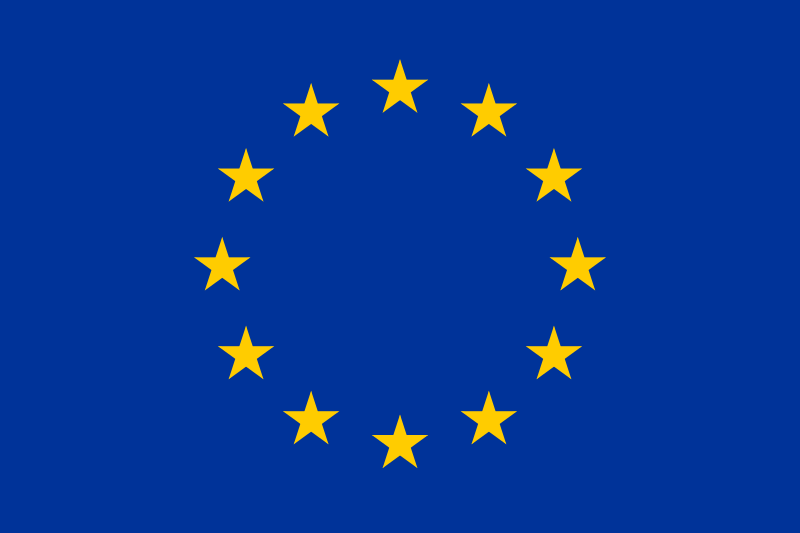Benefits of our automated feeding systems
Feeding is one of the key factors in the profitability of any fish farm or hatchery. An inefficient feeding system leads to feed waste, increases operational costs, and affects the health of fish or shrimp.
At Fish Farm Feeder, we offer automated feeding systems that optimize every stage of the process, ensuring precise, sustainable, and profitable feeding. Below, we show you how our solutions can transform your aquaculture production.
Why choose Fish Farm Feeder?
- Innovative technology: Our systems are designed with the best engineering for aquaculture.
- Proven optimization: Our clients have achieved higher production with lower feed investment.
- Sustainability and profitability: Reduction of environmental impact with a focus on economic efficiency.
Discover how our systems can revolutionize your fish farm.
Contact us today and take the next step toward more efficient and profitable aquaculture.
Maximum efficiency in feed utilization
Our systems are designed to deliver feed in the exact amounts and schedules, reducing waste and ensuring that each fish receives proper nutrition. This improves the feed conversion ratio (FCR), leading to more growth with less feed.
High-performance selector
The FFF matrix-shaped selector is up to two times faster and offers more outlets than the traditional revolver system. Its precision in feed distribution minimizes waste and maximizes feed utilization. Additionally, it allows precise distribution of feed to each tank, adapting to different configurations and production needs.
Variety of pellet and pipe sizes
Our feeding systems can handle pellets from 0.3 mm to 17 mm, using selectors with HDPE pipe diameters from 20 mm to 90 mm. This ensures total adaptability to the needs of each farming phase. This feature allows fish farmers to adjust feeding types depending on the growth stage of fish and shrimp.
Flexible dosing
The dosing system adapts to the feeding stage of fish or shrimp:
Hatcheries and pre-grow phase:
Distribution of many small doses (up to 4000 doses per day), optimizing nutrient absorption and reducing competition for feed.Grow-out phase:
Fewer doses, but with a higher feed volume.
Operating cost savings

Less labor, more profitability
Automation reduces the need for personnel dedicated exclusively to feeding, allowing workers to focus on other critical production tasks.

Lower filtration and oxygenation costs
By preventing feed accumulation in the water, the load on filtration and oxygenation systems is reduced, lowering maintenance and energy costs.
Faster and more uniform growth
Fish or shrimp that receive consistent and balanced feeding achieve a higher specific growth rate (SGR), allowing shorter cultivation times and increased profitability.
Additionally, by distributing feed in a programmed and precise manner, overfeeding is avoided, ensuring better nutrient absorption and resulting in homogeneous growth within each batch.
Our feeding systems also allow adjusting feeding according to different life cycle stages, optimizing growth without stressing the animals, which improves feed conversion and final product quality. Additionally, automatic programming enables real-time adjustments based on environmental parameters, ensuring efficient adaptation to different farming conditions.
Reduced mortality and improved animal welfare
A stable environment and controlled feeding are key to reducing mortality in fish farms. Our systems ensure uniform feed distribution, minimizing competition and stress among fish or shrimp. Additionally, by preventing feed waste, water quality is maintained, reducing the occurrence of diseases and promoting healthy growth.
Less stress, better health
A programmed feeding schedule prevents excessive competition, reducing stress and minimizing cannibalism and disease outbreaks.
Lower environmental impact
Our feeding systems reduce water contamination by preventing feed leaching, contributing to a cleaner and healthier environment.
Total control and advanced monitoring
Our systems integrate cutting-edge technology, allowing remote feeding control via software and mobile devices. Additionally, you can adjust parameters in real time and receive alerts to optimize production.
- Integration with other equipment and sensors
Our systems can connect to any equipment that provides relevant feeding data, such as temperature, oxygen, pH, turbidity, hydrophone sensors, and cameras. This ensures precise feed adjustments based on environmental conditions.
- Advanced data management
Real-time connectivity with management software, artificial intelligence, and big data enables historical feed tracking and better decision-making in fish farms.
- Reduced travel needs
By allowing remote farm control, physical travel is minimized, optimizing staff time and facilitating supervision in large aquaculture facilities.
Guaranteed biosecurity and traceability
- Less human contact, lower disease risk
Automation reduces direct feed handling, minimizing contamination risks and ensuring a safer and more controlled process.
- Integration with other management systems
Automation reduces direct handling, lowering contamination risks and ensuring a safer and controlled process.
- Feed and batch traceability
Automated control tracks and records feed usage in each tank and for each batch of fish or shrimp, ensuring a fully traceable system that optimizes processes and guarantees final product quality.


